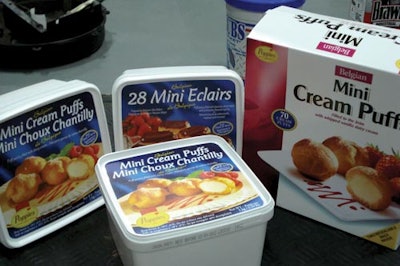
TUBS & BOXES. Poppies uses the coding equipment for a range of plastic tubs and clay-coated boxes.
Companies in this article
Videos from Hitachi Industrial Equipment & Solutions America
Frozen dessert company likes new ink-jet printer performance and versatility.


